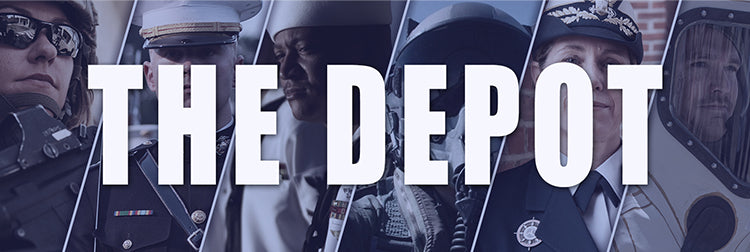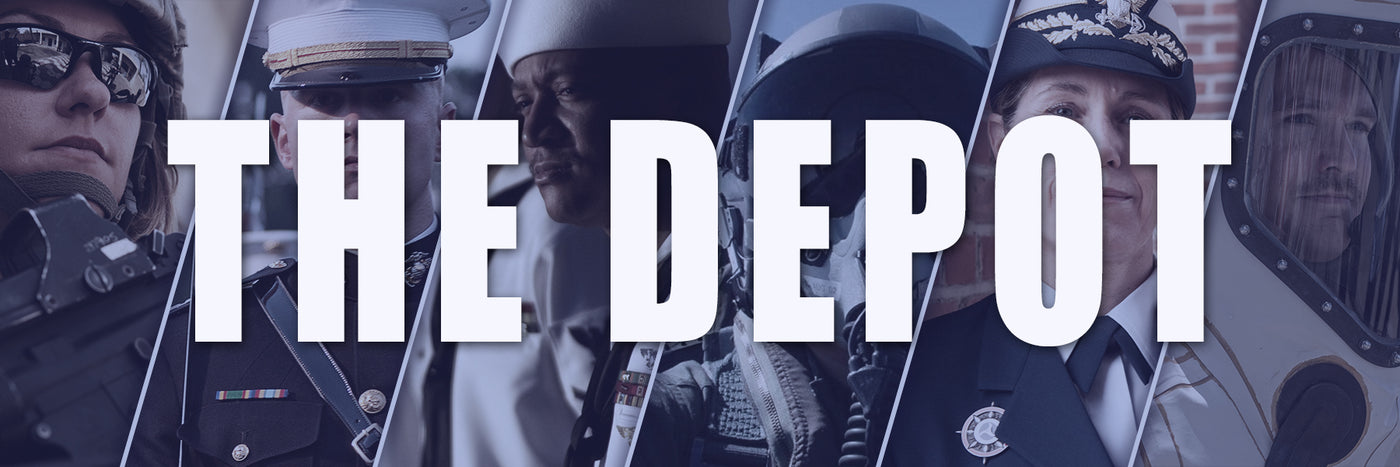
The Army National Guard Flag
The Army National Guard logo which has been used since the 1950s does not resonate with Americans, according to a Army marketing study. The revered Minuteman logo has since been replaced....
Steven Alvarez |
ARMED FORCES SUPER STORE 1-877-653-9577 | 8 - 7 CST MON-FRI



The Army National Guard logo which has been used since the 1950s does not resonate with Americans, according to a Army marketing study. The revered Minuteman logo has since been replaced....
Steven Alvarez |